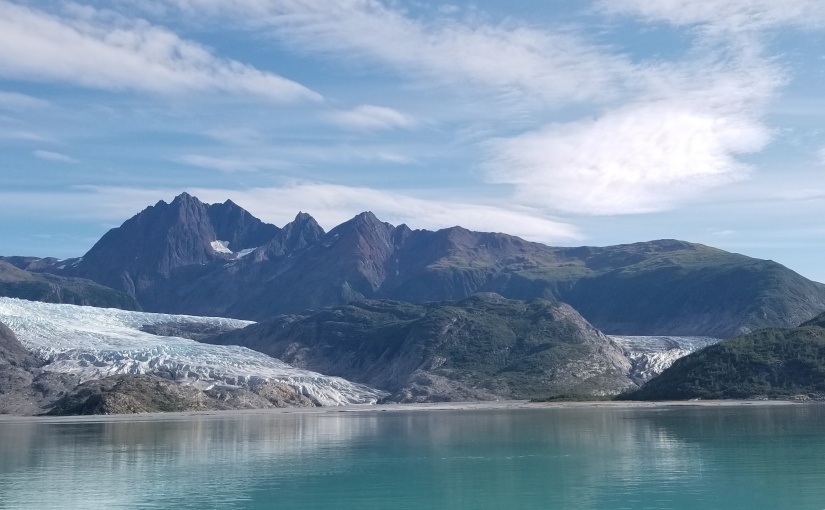Glacier Bay National Park in Alaska is home to more than twice as many northern sea otters (Enhydra lutris kenyoni) as all of California is to southern sea otters (Enhydra lutris nereis). Studying the thriving northern species may hold important clues for the future of the recovering southern species. In August, Monterey Bay Aquarium researcher Jessica Fujii spent two weeks studying the Glacier Bay population in the wild.

Jess is a senior research biologist with the Aquarium’s Sea Otter Program. She studies both wild sea otters and pups raised by surrogate otters so they can be returned to the wild—as was the case with two juvenile males earlier this month.
“Mostly I’m looking at sea otter behavior and foraging ecology—what they’re eating and what that may tell us about the rest of the ecosystem,” Jess says. “It involves a lot of going out in the field and watching the otters from shore.”
This summer, she worked aboard the Alaskan Gyre, a 50-foot U.S. Geological Survey vessel.
“It looks like a fishing boat, but it’s been converted for research purposes,” she says. “What used to be the fish hold is now sleeping quarters and storage.” With six or seven others aboard, “it was cozy; there’s not a lot of extra space.”

The trip was part of a longstanding collaboration between the Aquarium and researchers with the USGS Alaska Science Center. The two groups sometimes share insights and help each other observe or capture sea otters: “Having that crossover can be really helpful,” Jess says. “It’s also a way to make sure we’re maintaining comparable methods.”
Continue reading Diving into sea otter recovery in Alaska’s Glacier Bay
